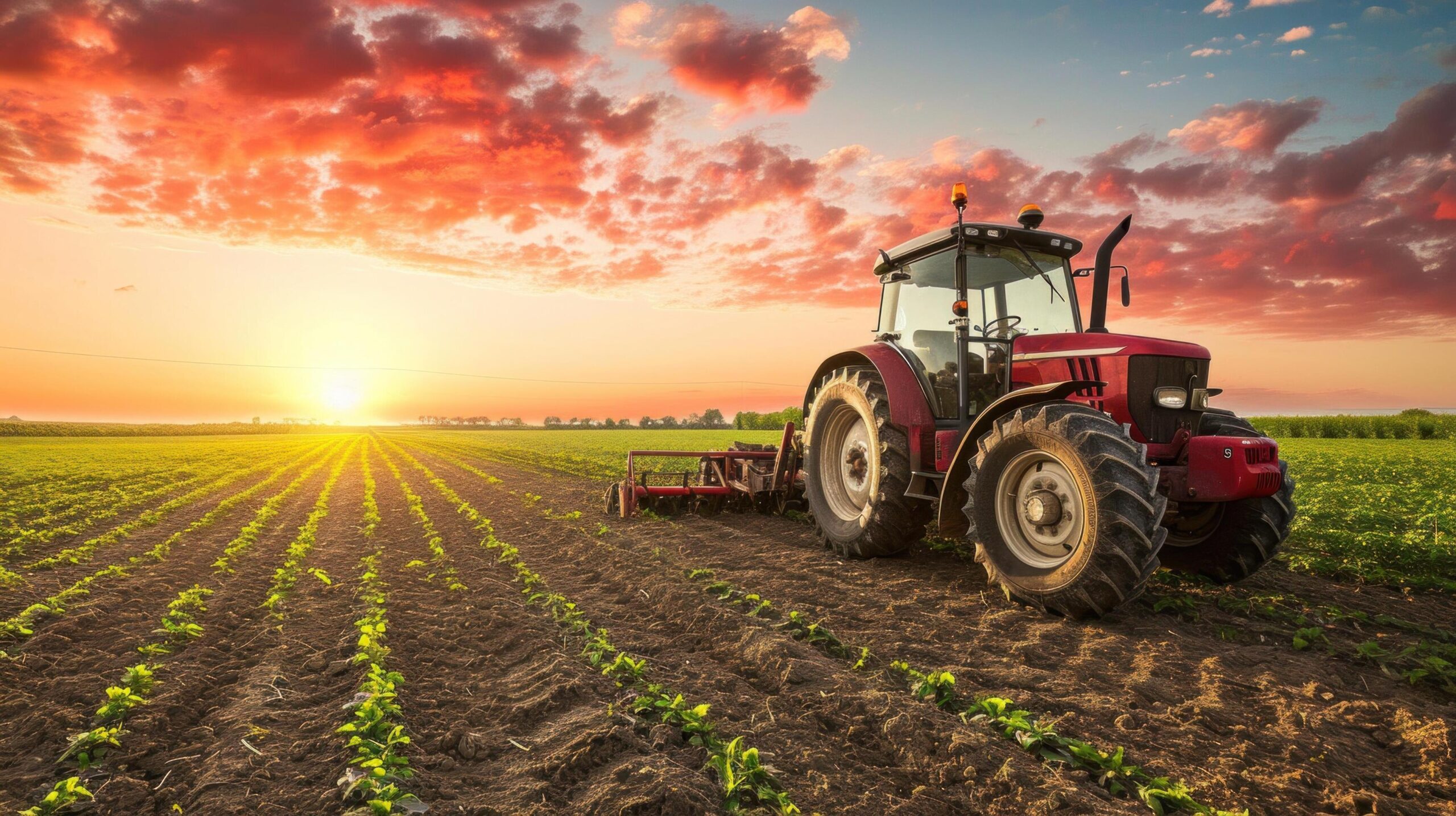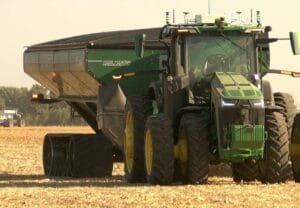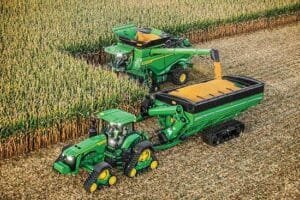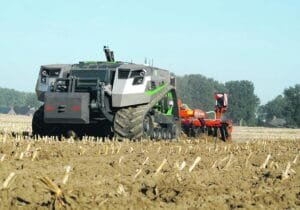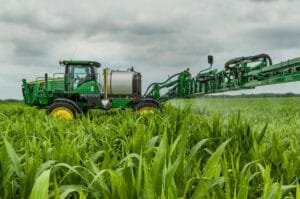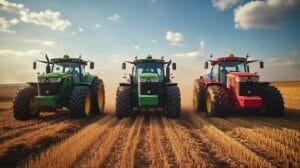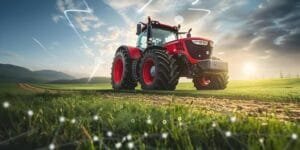Israeli agricultural technology continues to push boundaries with the latest advancements in autonomous tractor systems. Traditional farming equipment is undergoing a meaningful transformation as local tech companies develop elegant retrofitting solutions that convert conventional tractors into self-driving machines. This evolution in farm mechanization combines artificial intelligence, computer vision, and precision agriculture to address labor shortages while improving operational efficiency in fields worldwide. A groundbreaking progress in agricultural technology has emerged from Israel’s innovation ecosystem, where traditional tractors are being revolutionized through advanced autonomous systems. The transformation involves retrofitting existing agricultural machinery with sophisticated sensors,artificial intelligence,and control mechanisms,enabling farmers to automate various field operations without purchasing entirely new equipment.
The pioneering technology integrates multiple components,including LiDAR sensors,cameras,GPS systems,and machine learning algorithms,which work in harmony to create a comprehensive autonomous navigation system. These modifications allow tractors to operate independently, performing tasks such as plowing, seeding, and harvesting with minimal human intervention.
Farmers can control and monitor their automated tractors through user-friendly mobile applications or desktop interfaces. the system provides real-time data about field conditions, operation progress, and machine status, enabling informed decision-making and optimized resource allocation. This technological advancement notably benefits large-scale farming operations where labor shortages and operational efficiency are constant challenges.
The retrofit solution offers significant cost advantages compared to purchasing new autonomous vehicles. Agricultural businesses can modernize their existing fleet gradually, spreading the investment over time while maintaining operational continuity. This approach has gained traction among farmers worldwide, who seek to embrace automation without completely overhauling their equipment inventory.Safety features are paramount in the design, incorporating multiple redundant systems and fail-safes. The autonomous tractors can detect obstacles, adjust their route accordingly, and automatically halt operations when necessary. These safety mechanisms ensure protection for workers, livestock, and property while maintaining efficient field operations.
Environmental benefits accompany the technological upgrade, as precise control over tractor movements results in optimized fuel consumption and reduced soil compaction. The system’s ability to maintain exact patterns and spacing while working fields leads to more efficient use of resources, including water, fertilizers, and pesticides.
The technology’s adaptability extends beyond traditional row crops, proving valuable in orchards, vineyards, and specialty crop operations. Custom programming allows for specific task automation based on crop type, field conditions, and seasonal requirements. This versatility has attracted interest from diverse agricultural sectors globally.
Data collection and analysis capabilities provide farmers with valuable insights into their operations. The system tracks productivity metrics, generates detailed operation reports, and helps identify areas for enhancement. this data enables data-driven decisions about resource allocation, timing of operations, and maintainance schedules.
The integration of autonomous capabilities represents a significant step toward smart farming practices, where precision agriculture meets artificial intelligence. As the technology continues to evolve, developers are exploring additional features such as swarm coordination between multiple tractors and integration with other smart farming tools.

